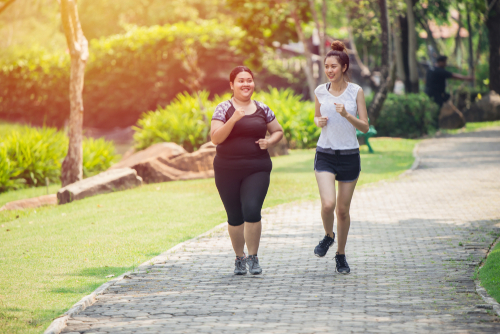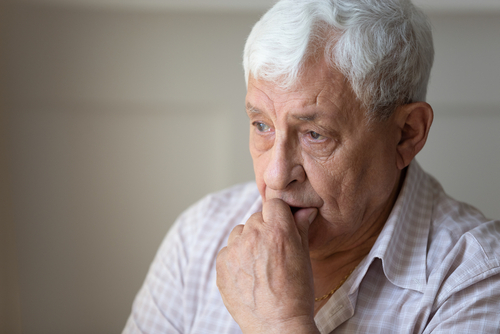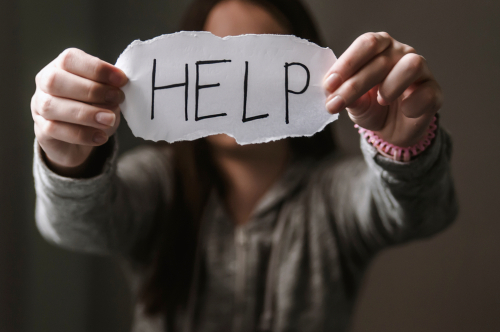
For children and adolescents with obesity, physical activity was strongly associated with improvement in anxiety and depression symptoms, according to a meta-analysis published in the Journal of Affective Disorders.
“Increasing physical activity is well-established as a behavior that is associated with benefits across a wide range of health outcomes,” the authors wrote. Physical activity spurs the release of dopamine, endorphins, and other neurotransmitters “that are associated with feelings of pleasure, happiness, and emotional stability, which can help improve children’s emotional state and reduce anxiety and depressive symptoms,” they noted. They also acknowledged that weight loss can lead to improved social experiences, which may impact factors such as social anxiety.
Twenty-five studies, comprising 2188 participants who were overweight or obese, were included in the analysis: 14 randomized, controlled trials (RCTs), 10 non-RCTs, and 1 prospective study. The median age was 12.08 years (range, 8.30-18.44 years). Outcomes included anxiety and depression symptoms, body mass index (BMI), weight, waist circumference, and height.
Physical activity interventions were found to improve participants’ anxiety and depression symptoms. Waist circumference was also improved by physical activity, although no other obesity indices were significantly changed by physical activity interventions alone. The addition of a physical activity regimen to other interventions, such as psychotherapy or pharmacotherapy, led to a significant effect on both anxiety and depression symptoms and BMI compared with physical activity alone. Regarding treatment duration, the most effective regimens for reducing depressive symptoms were between 8 and 24 weeks.
“This study suggests that [physical activity] may contribute to the present treatment protocols by acting as an adjunct method to care psychotherapy and pharmacotherapy,” the authors concluded.







 © 2025 Mashup Media, LLC, a Formedics Property. All Rights Reserved.
© 2025 Mashup Media, LLC, a Formedics Property. All Rights Reserved.